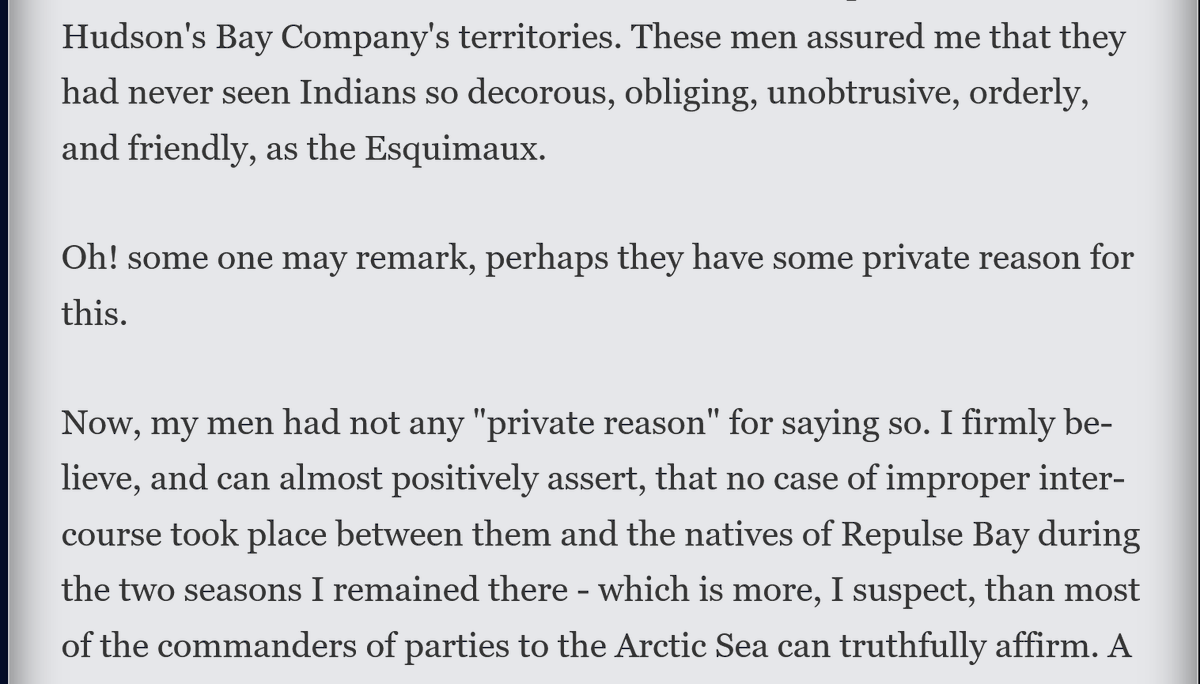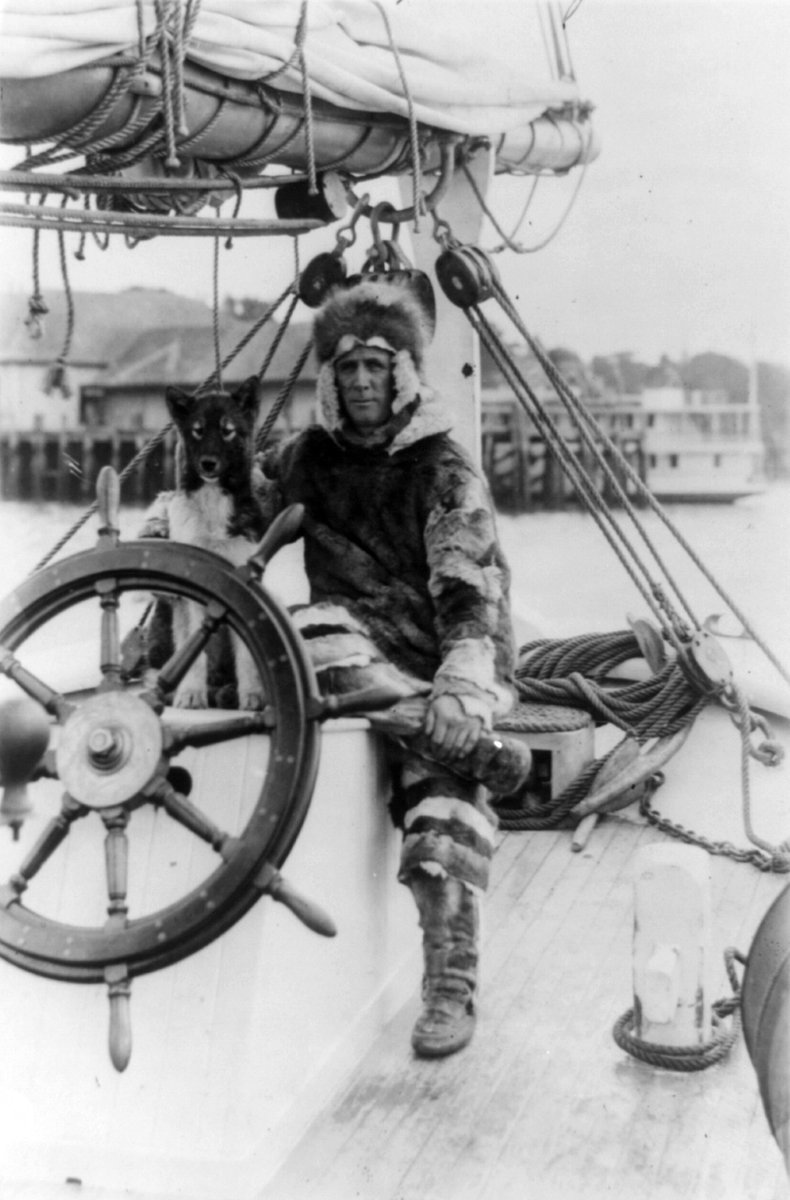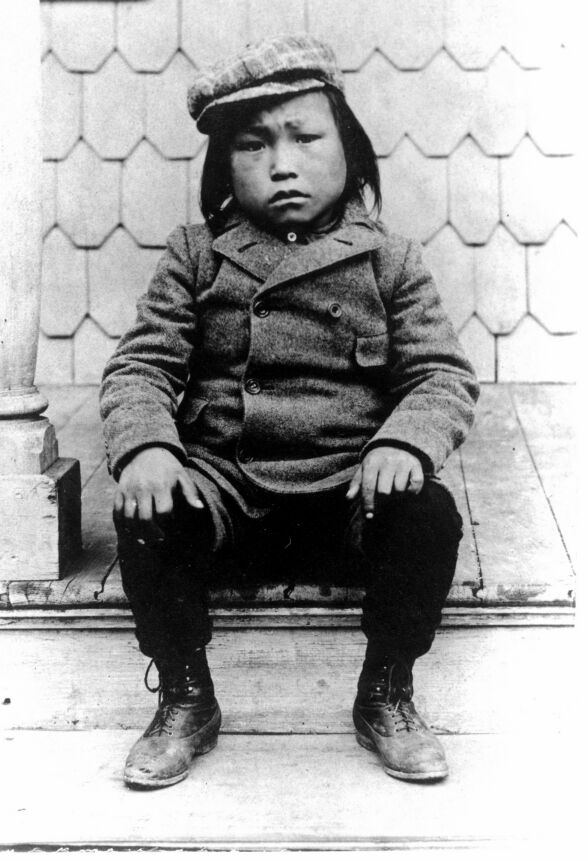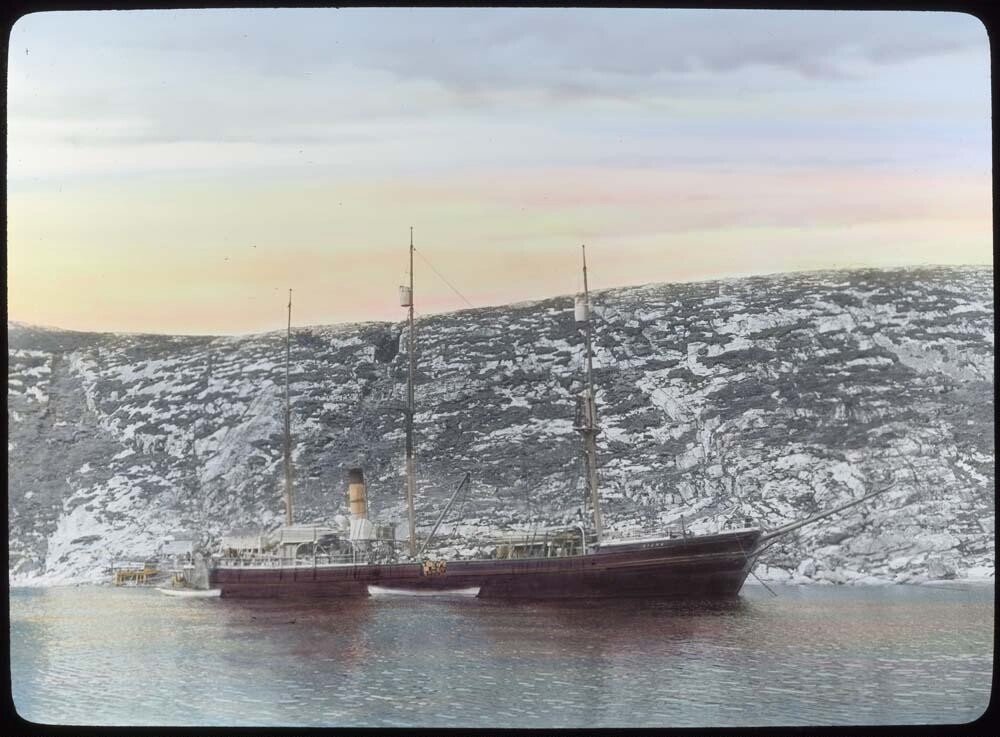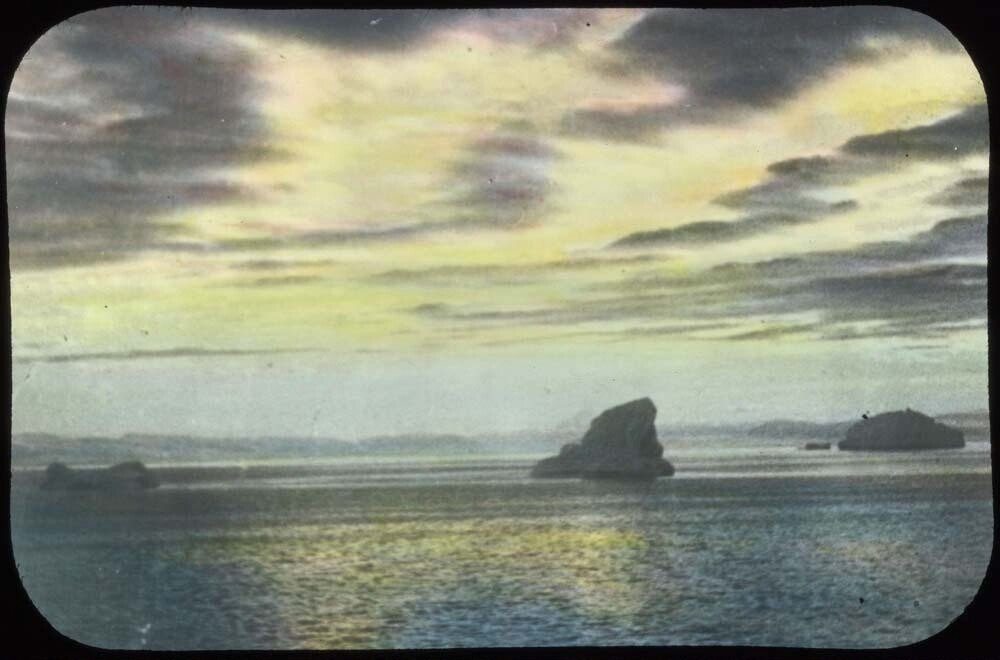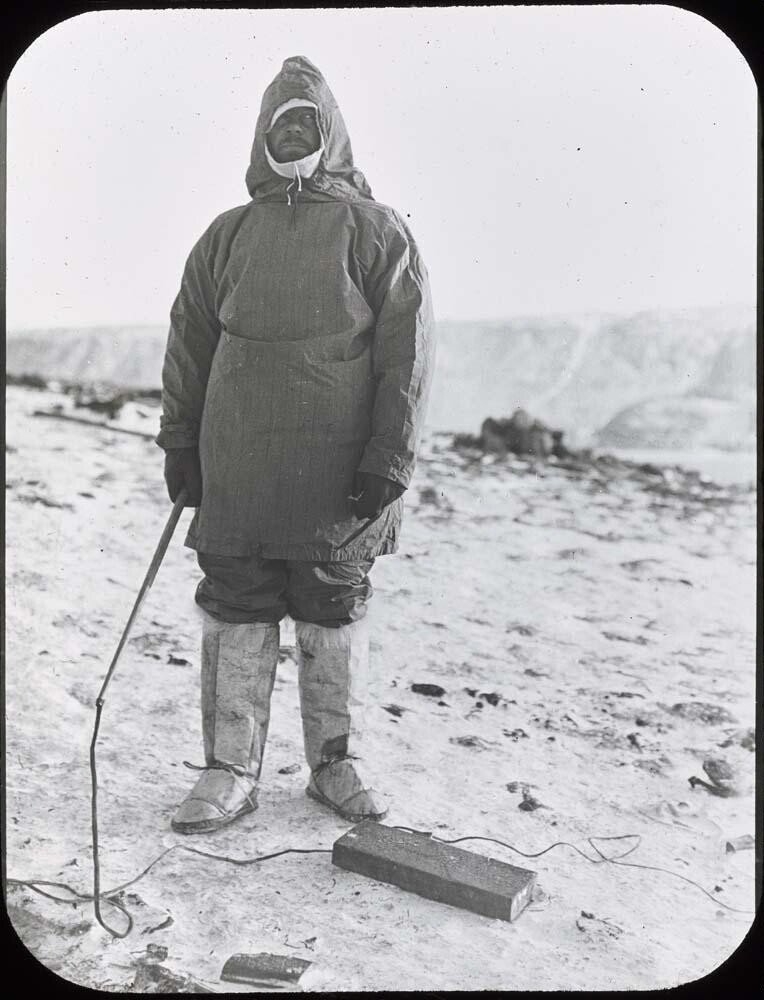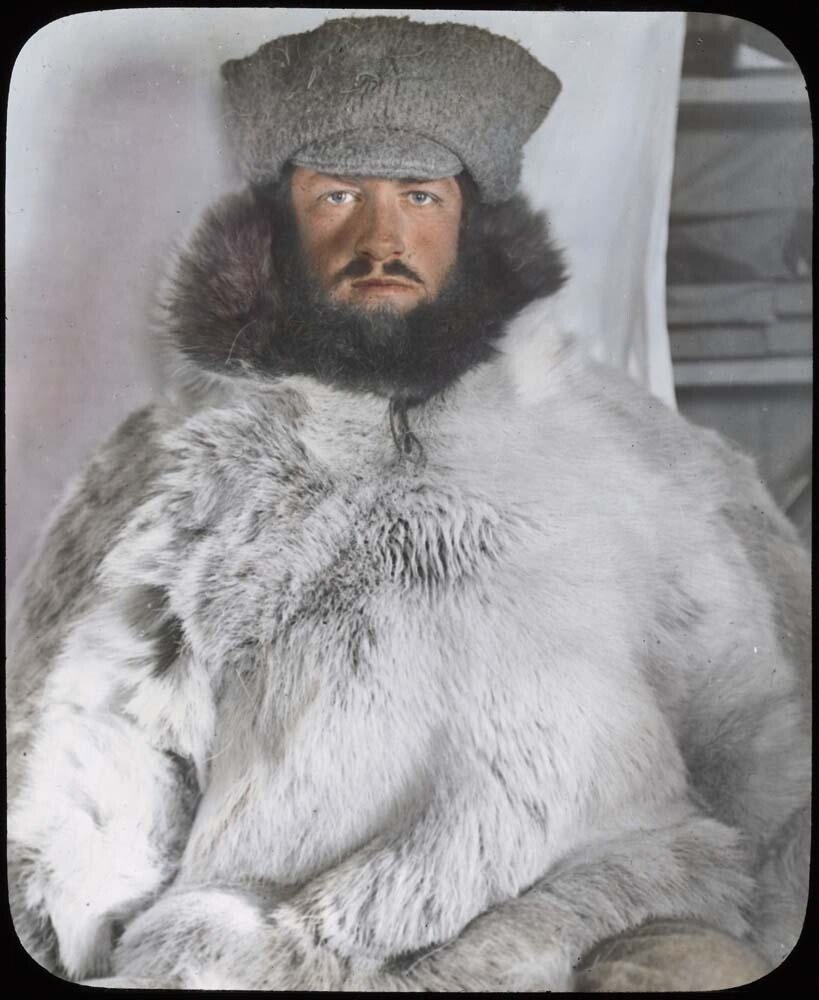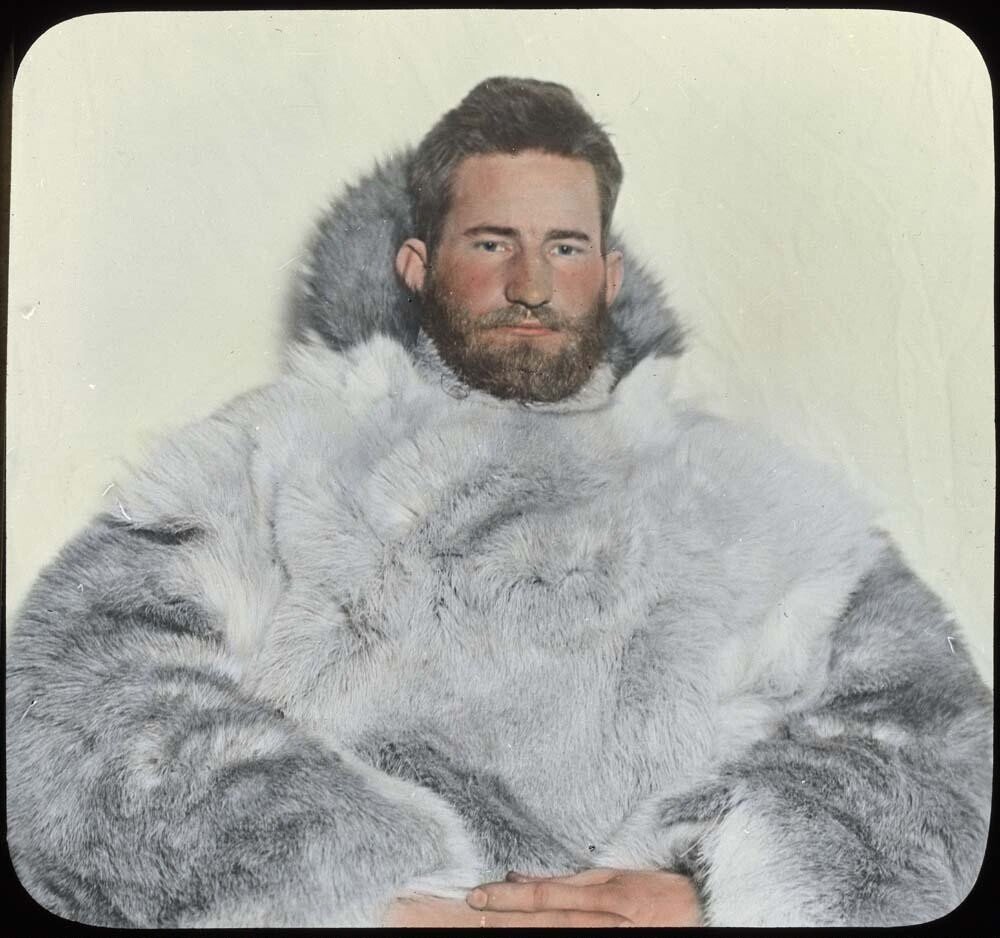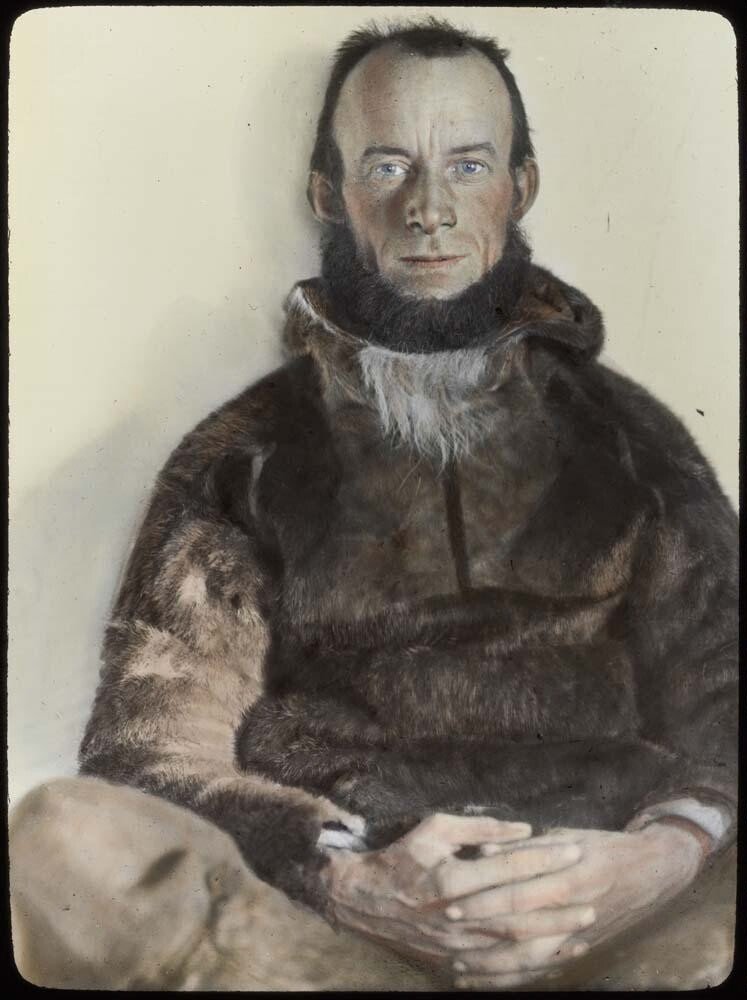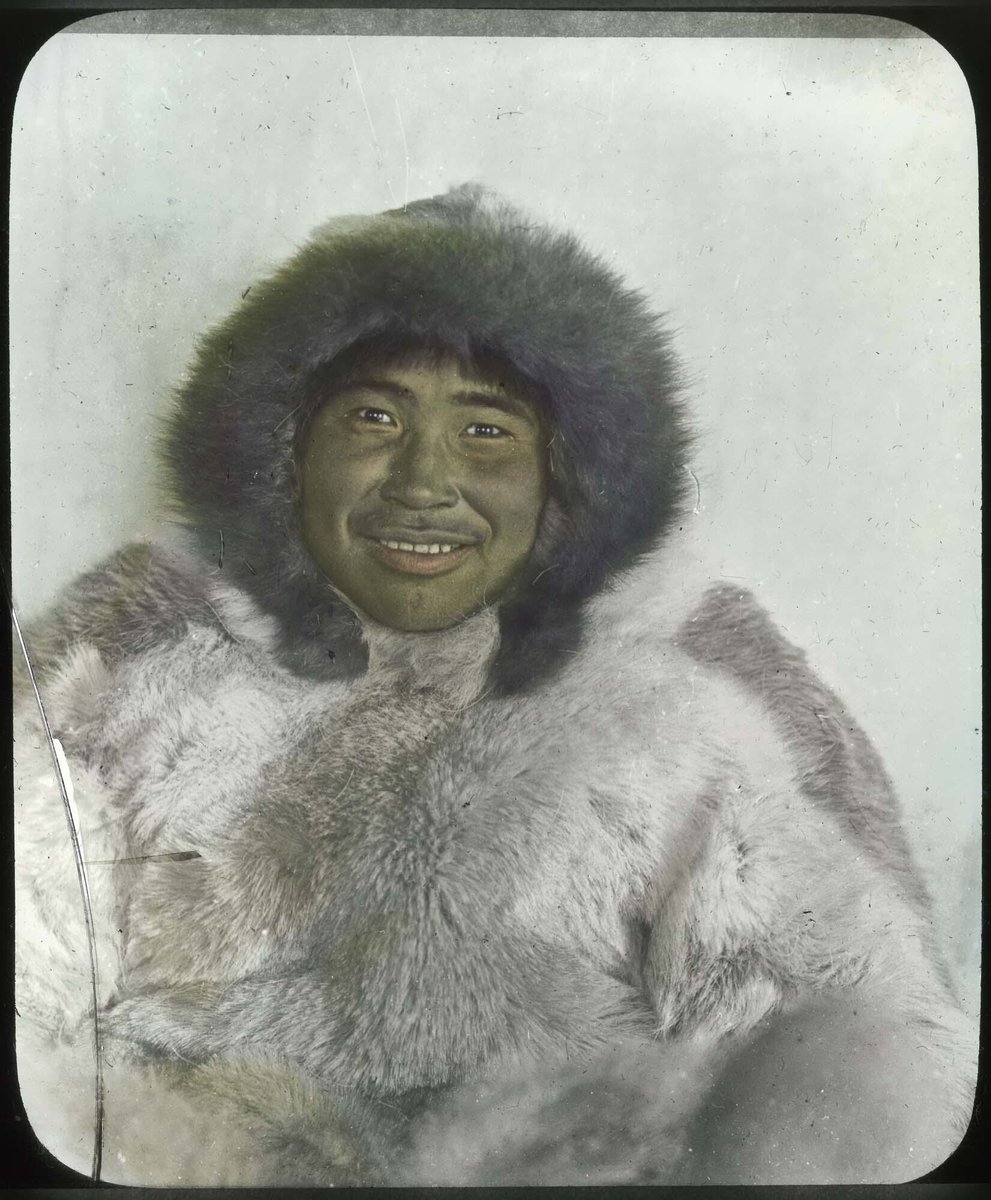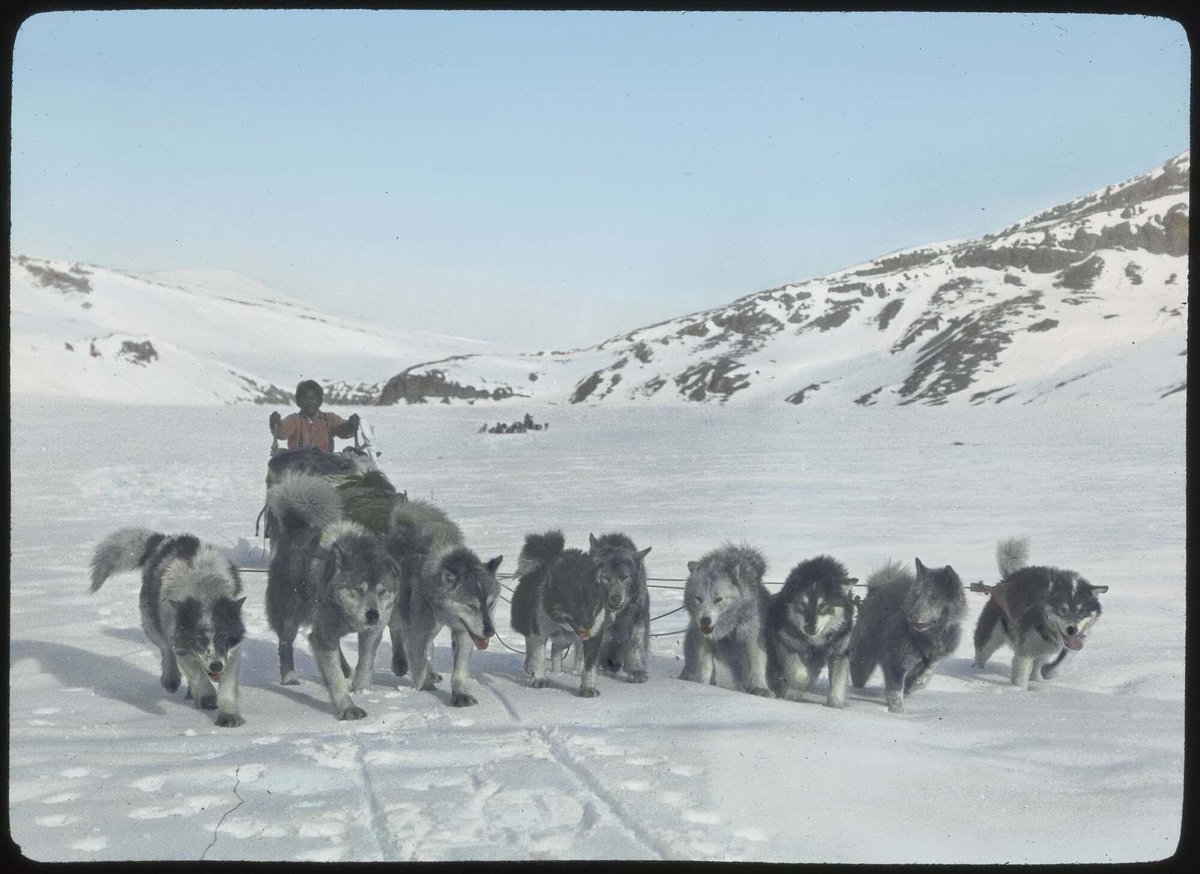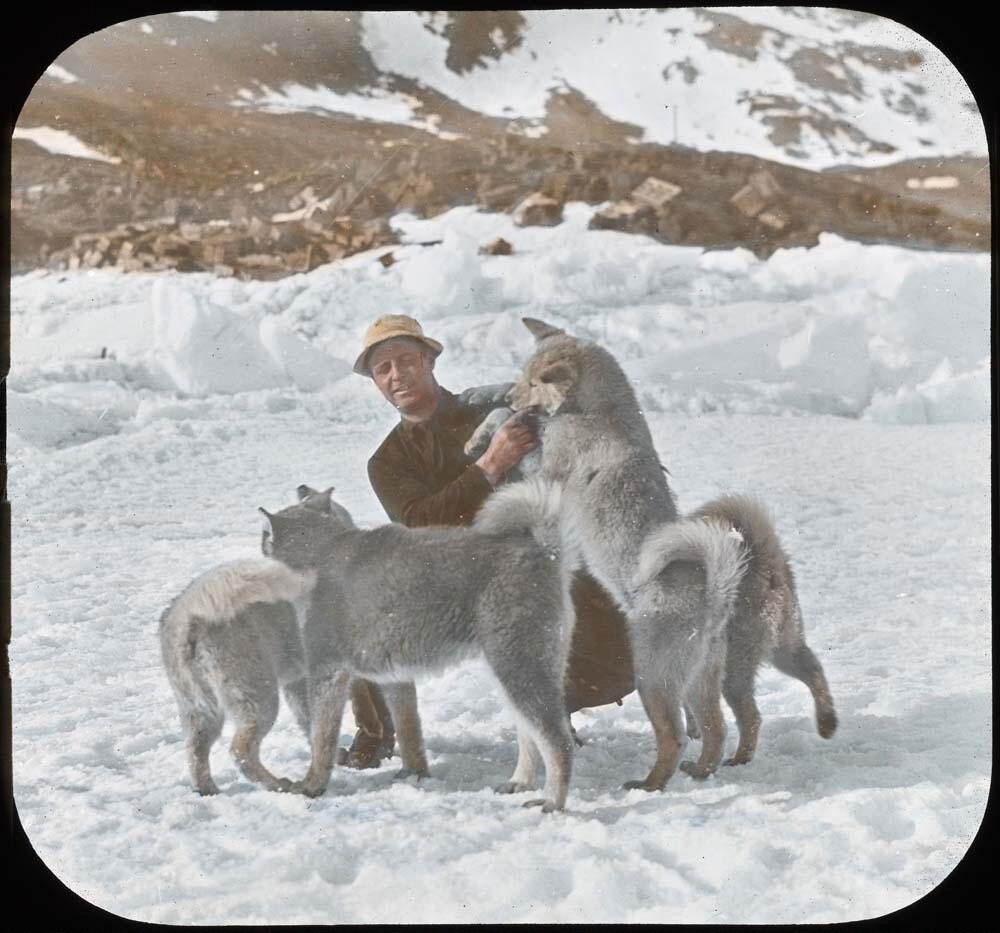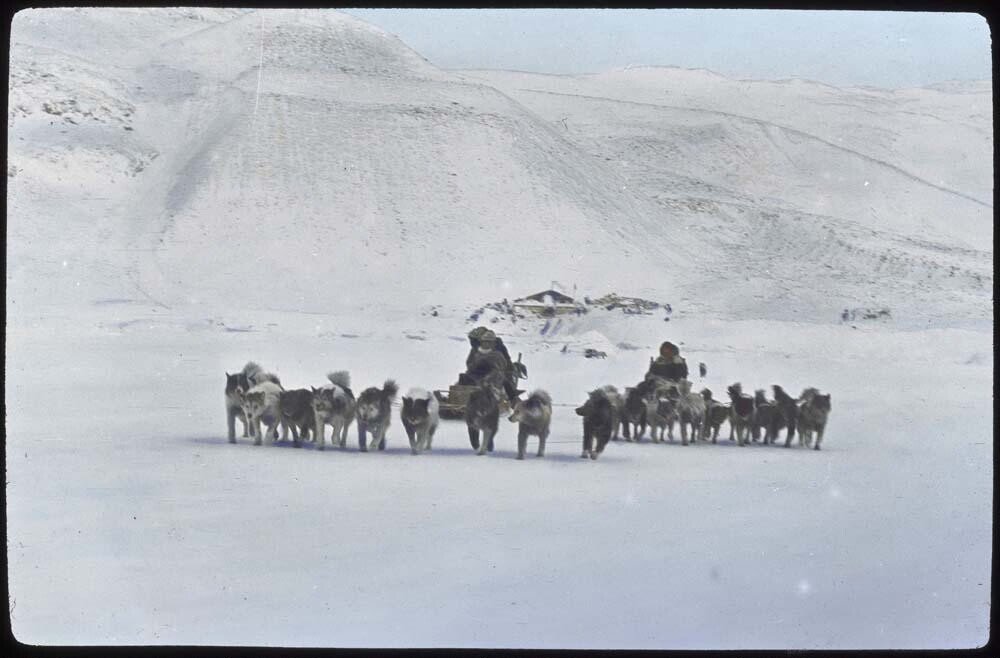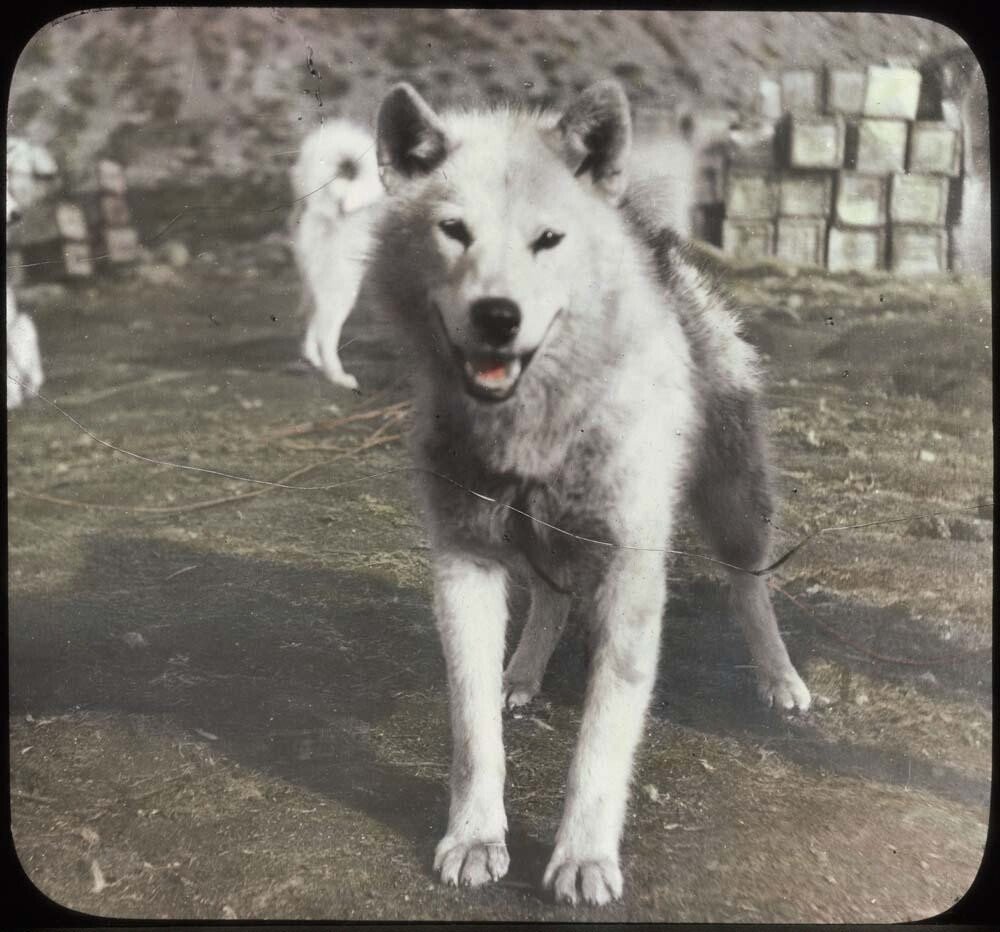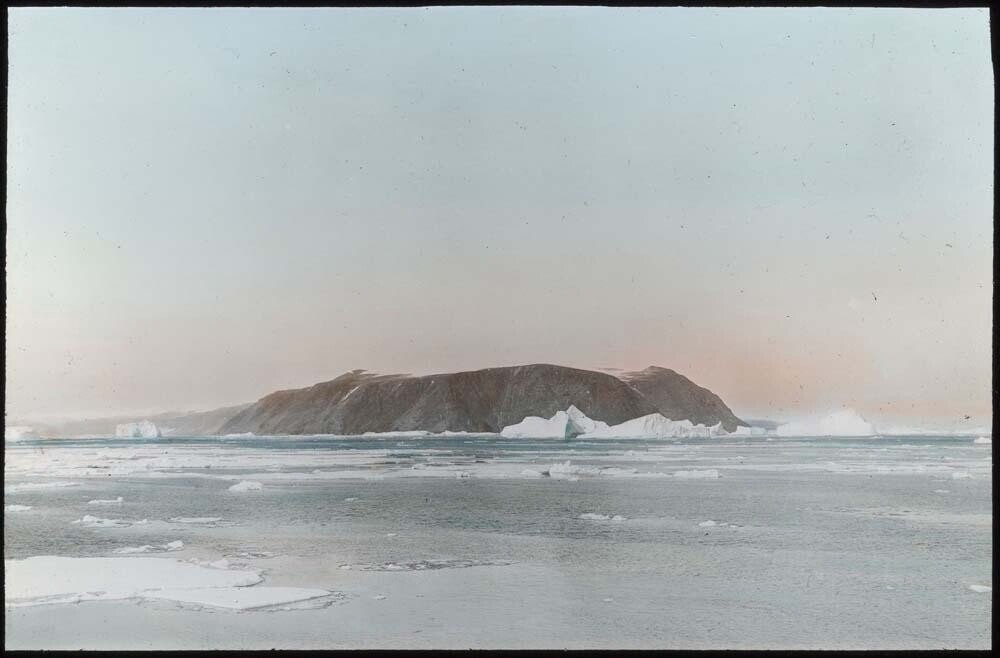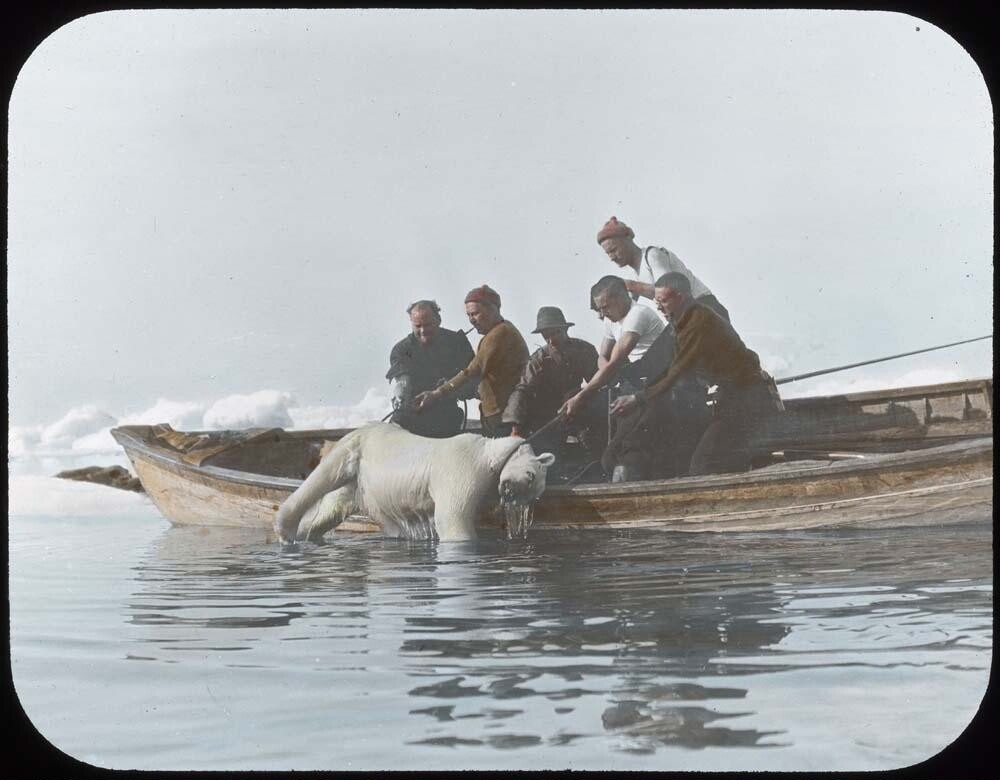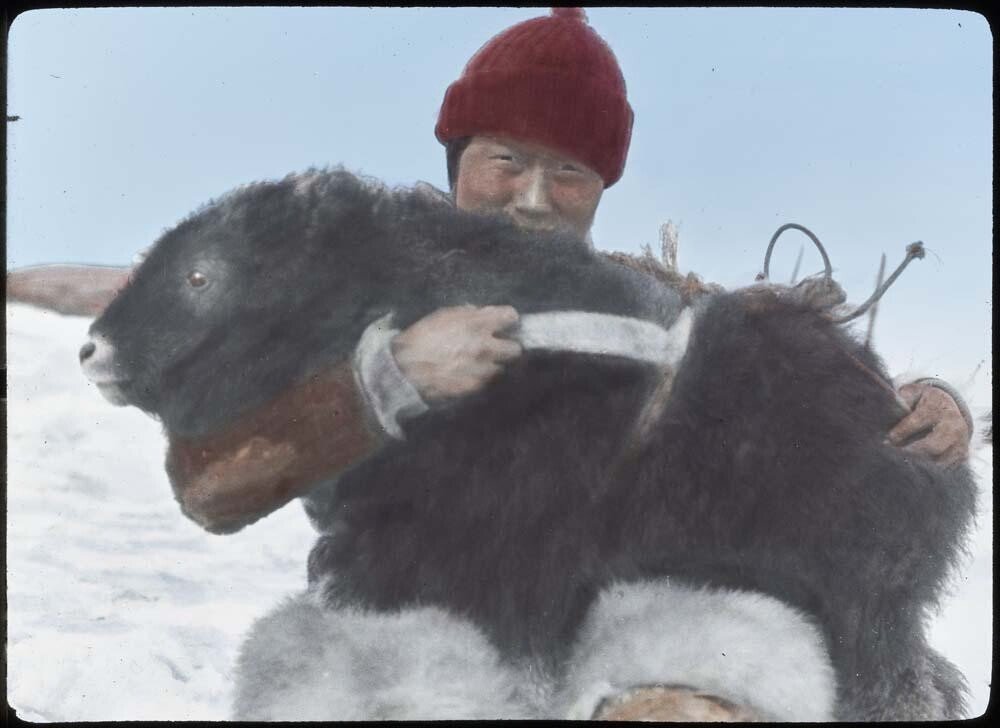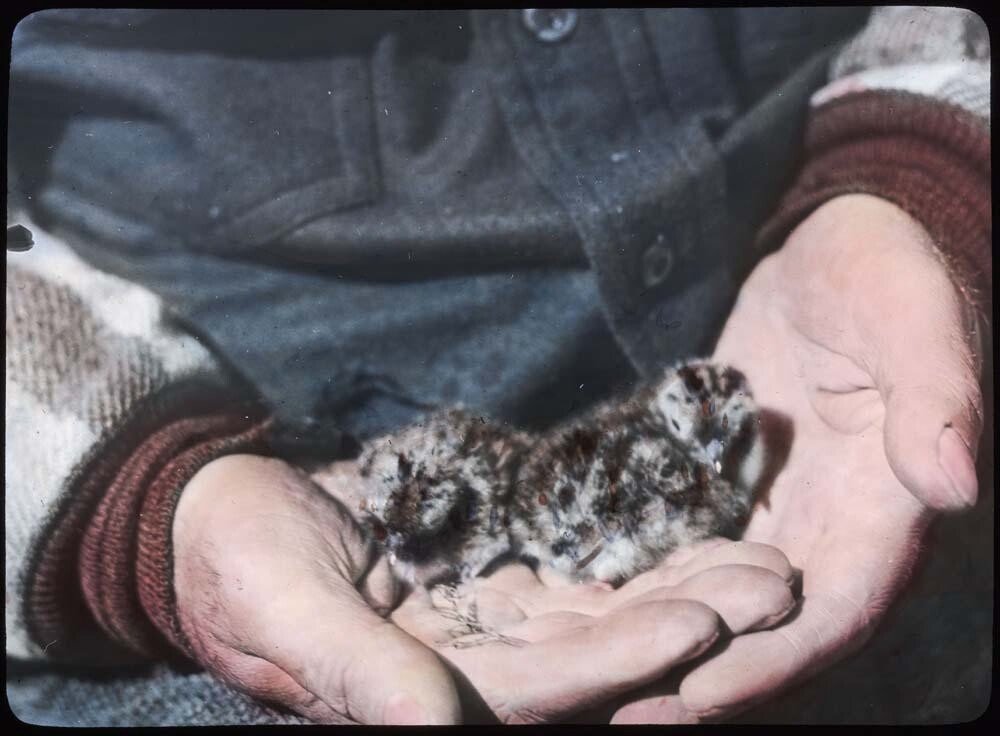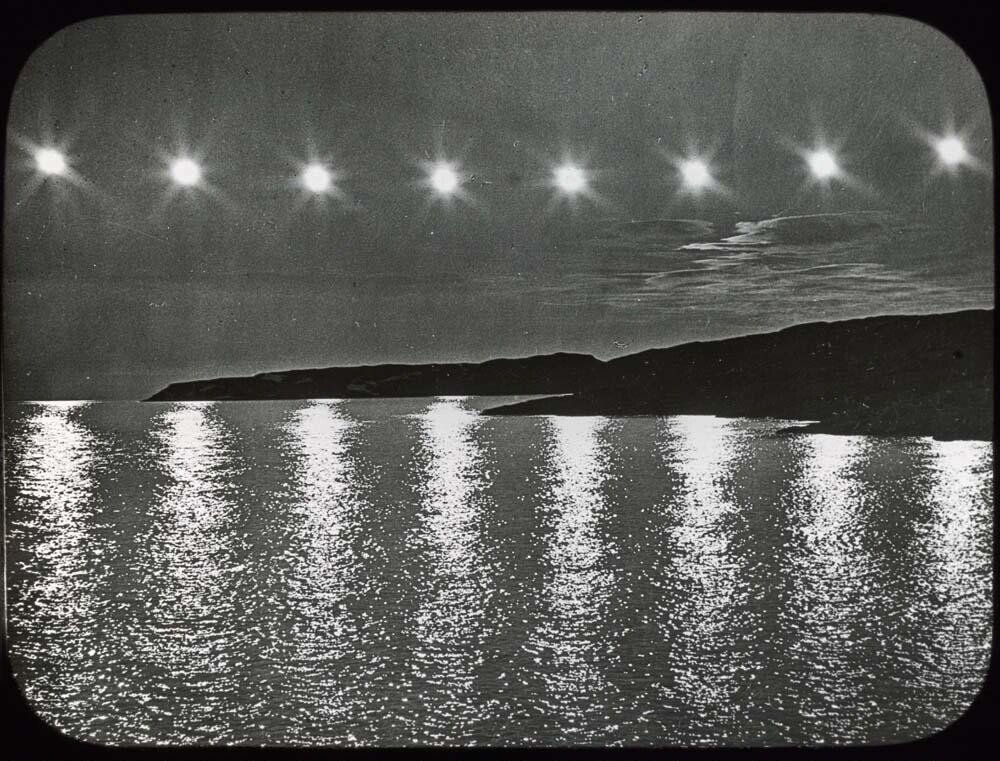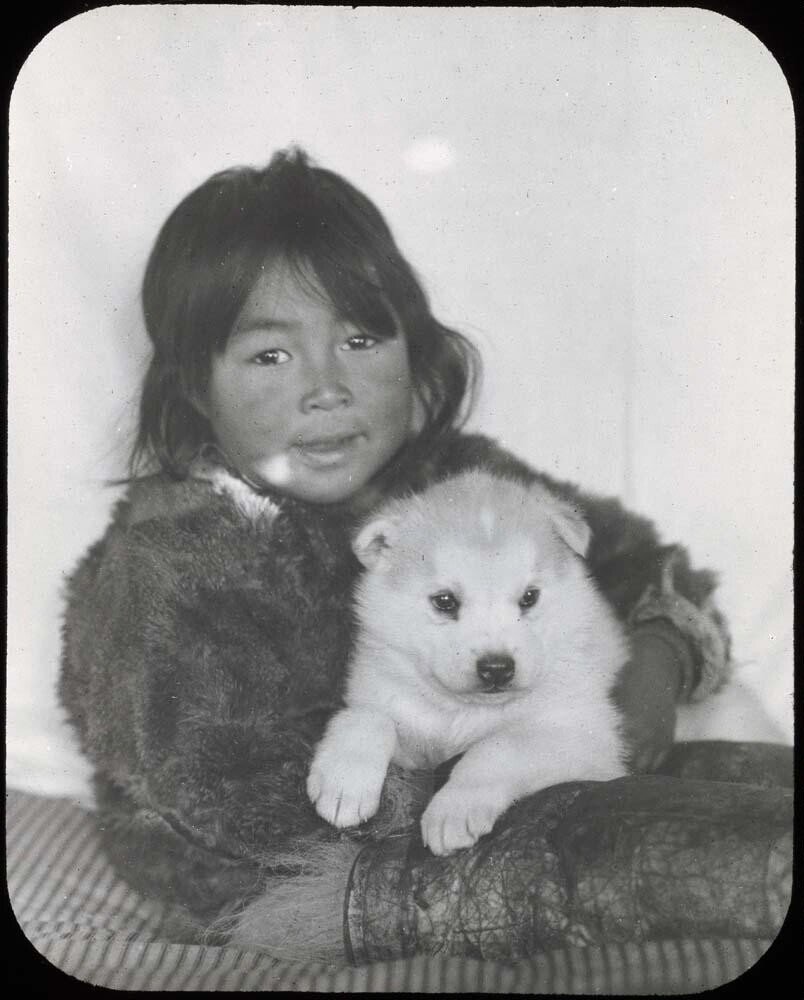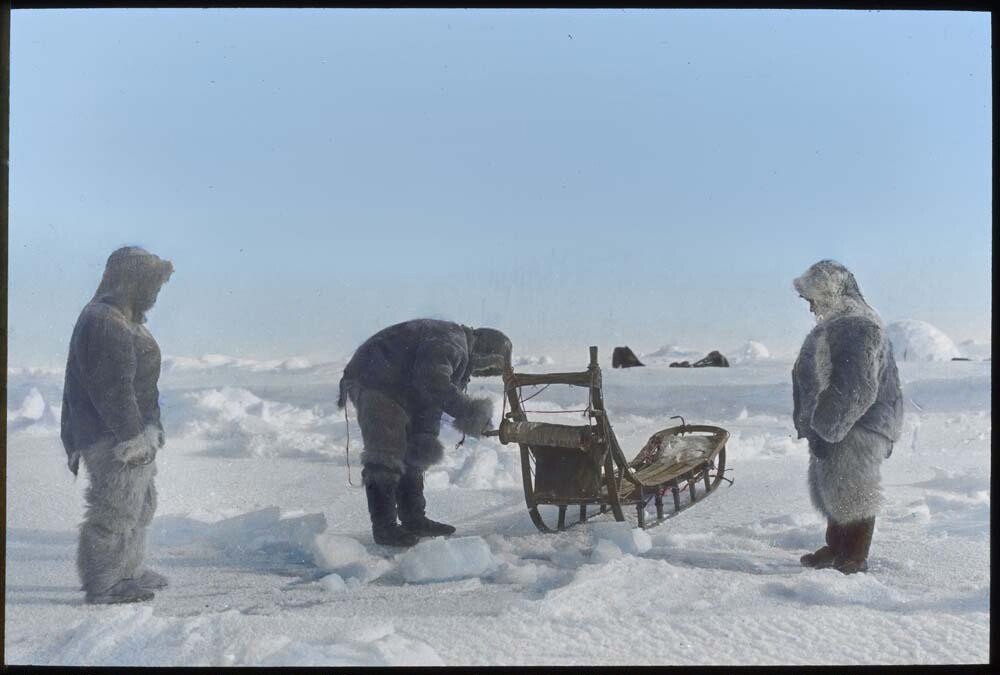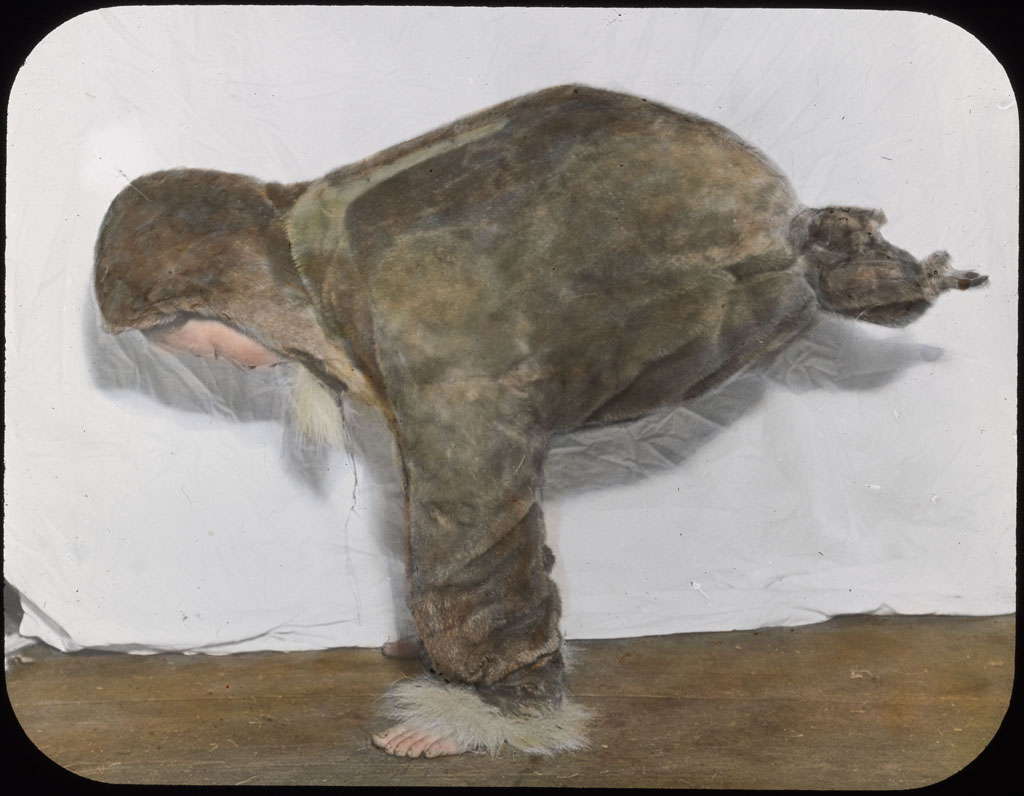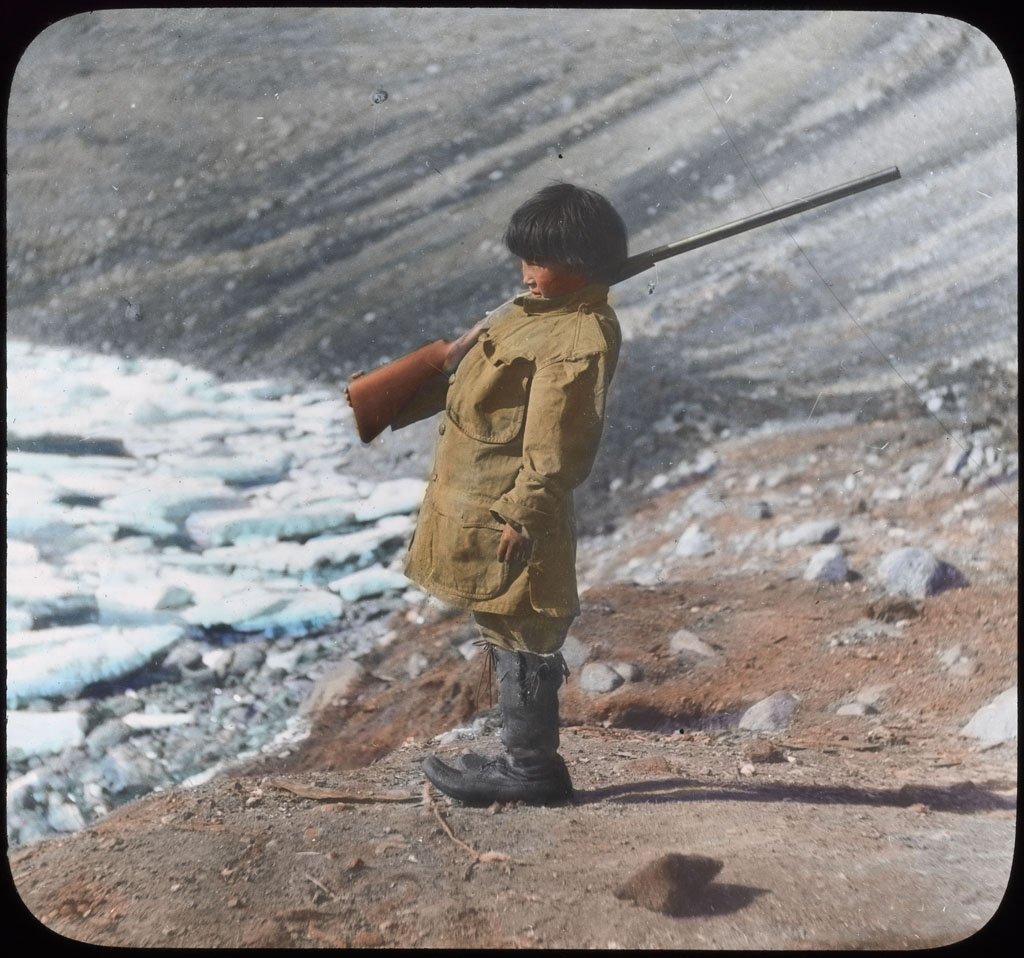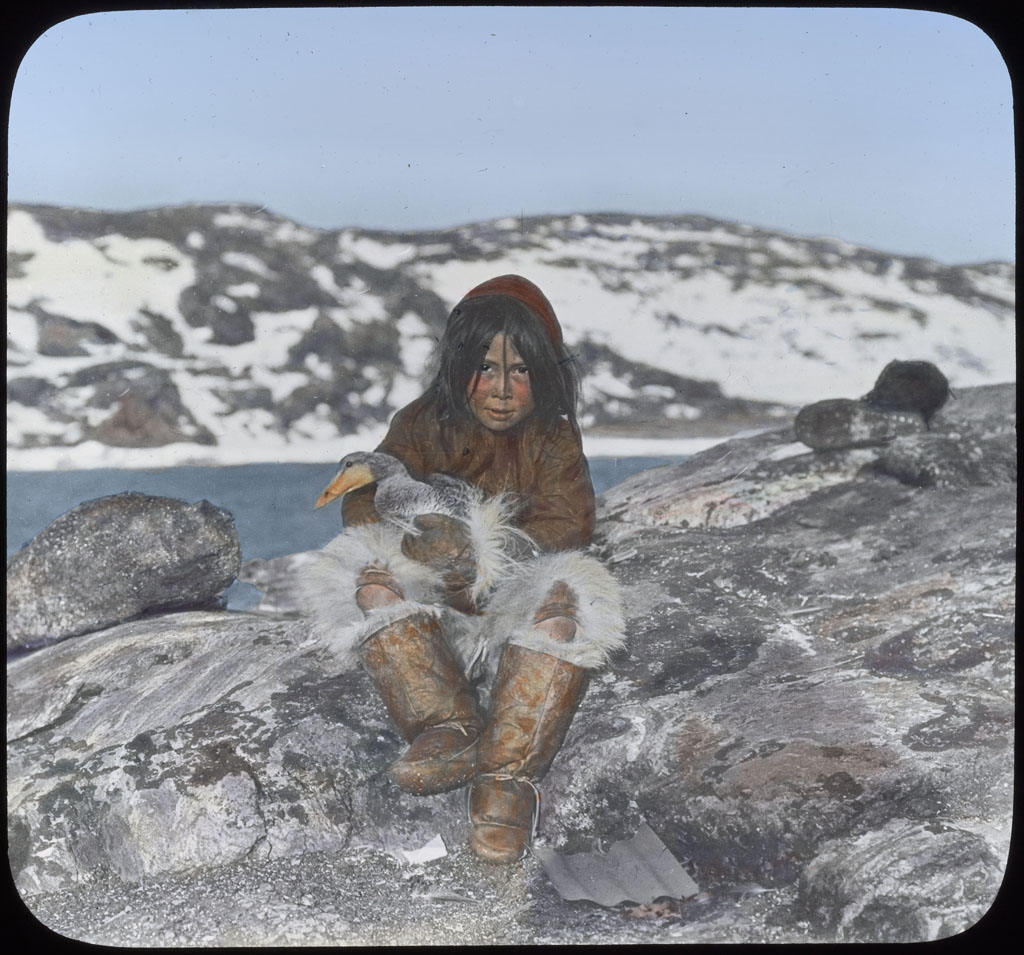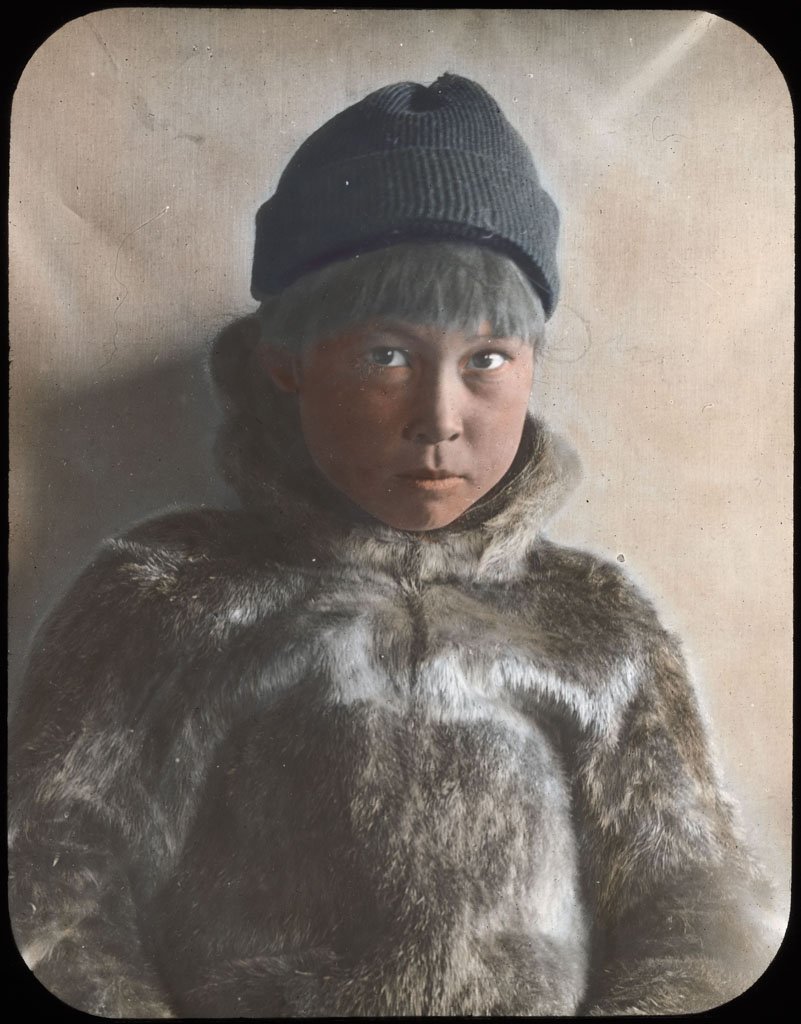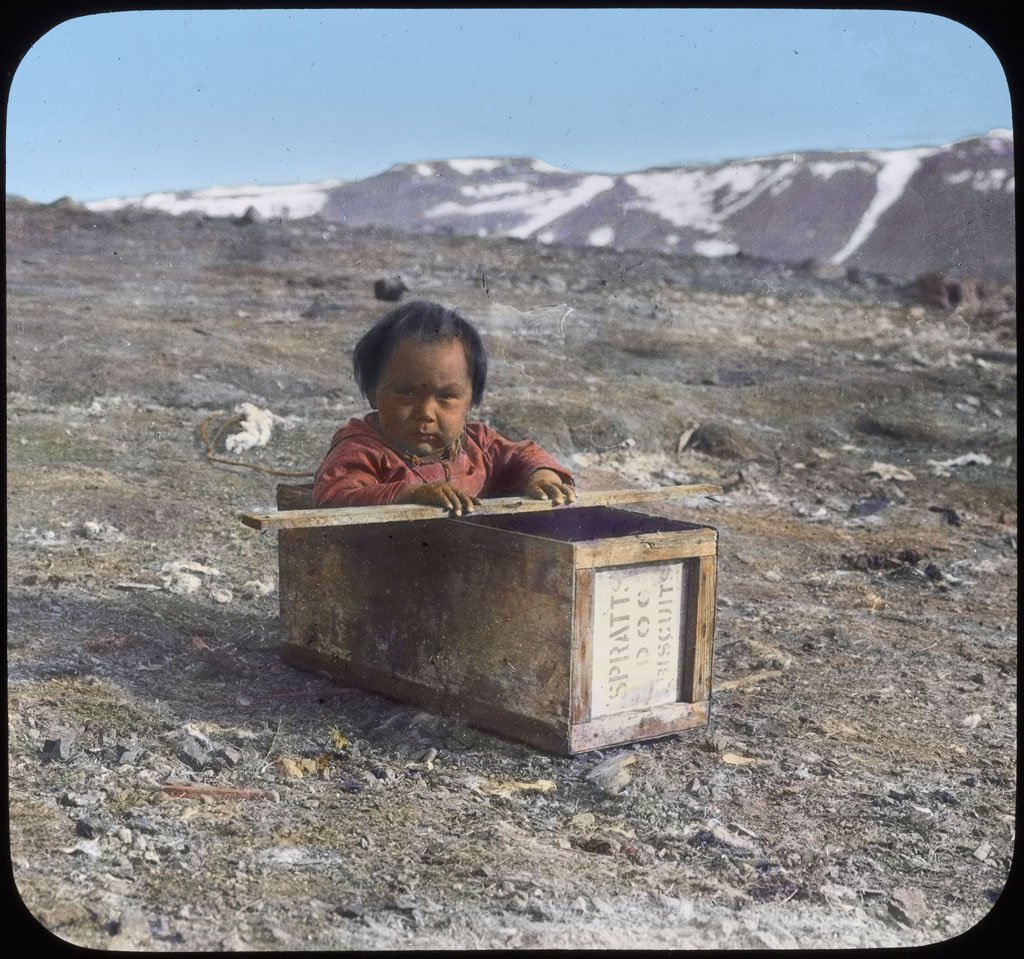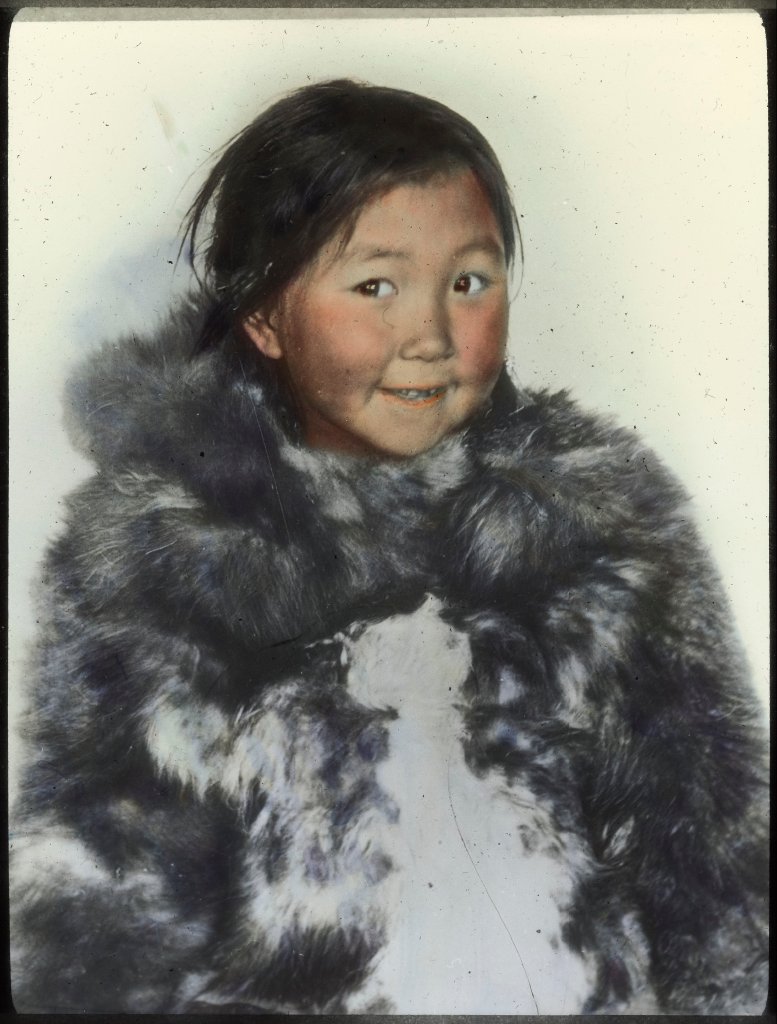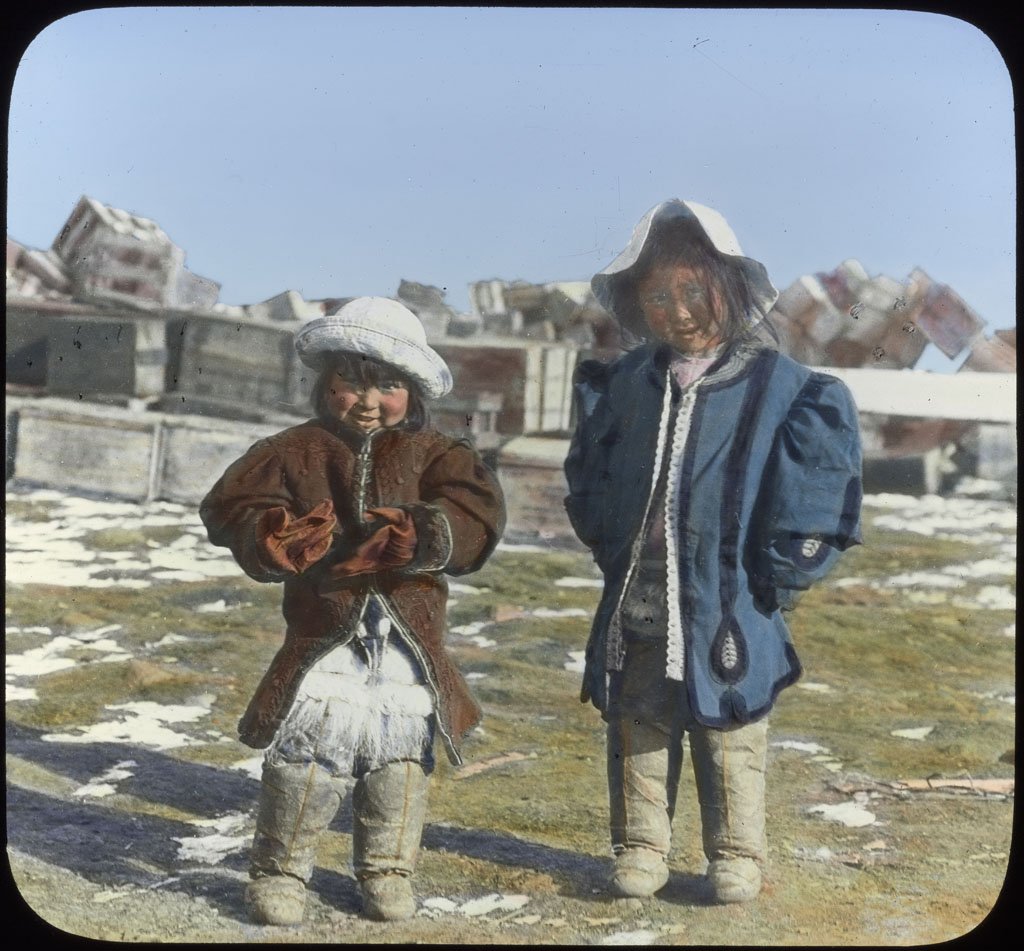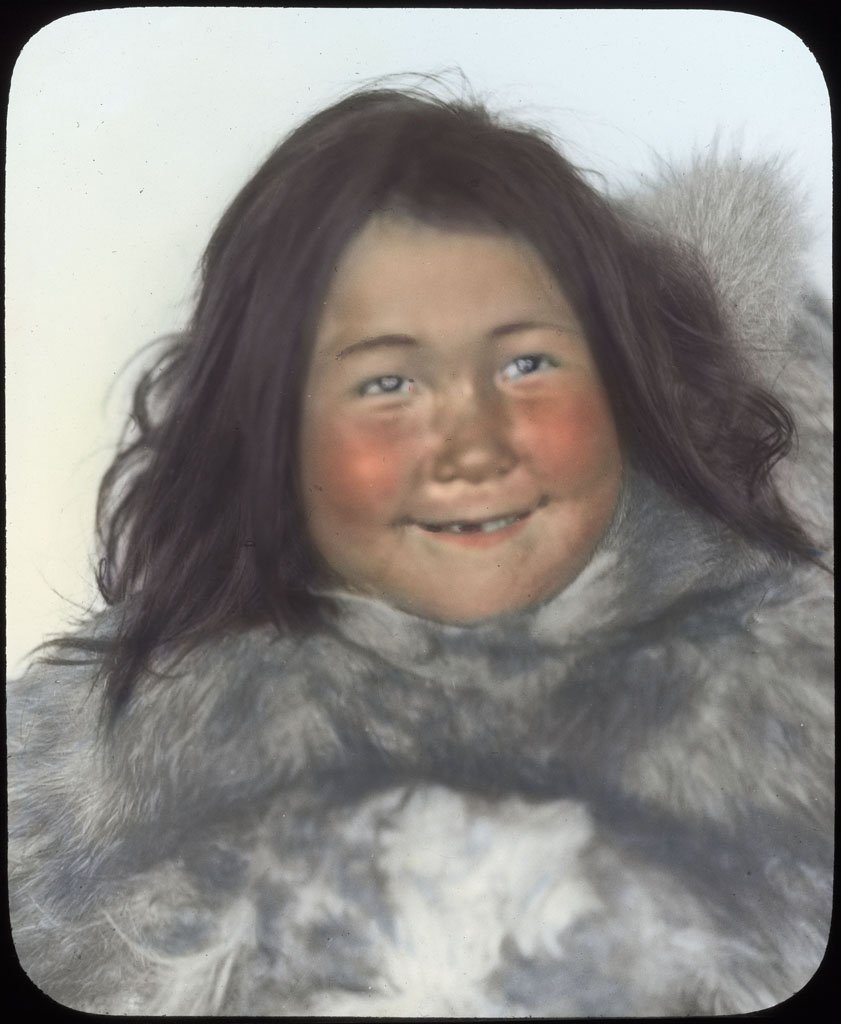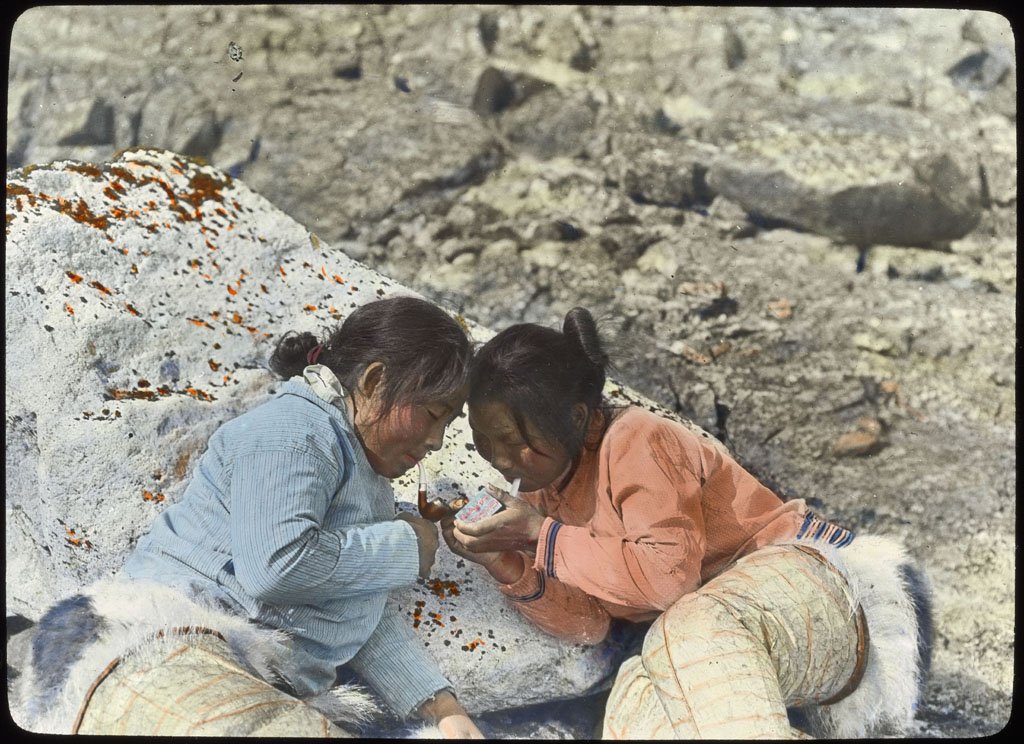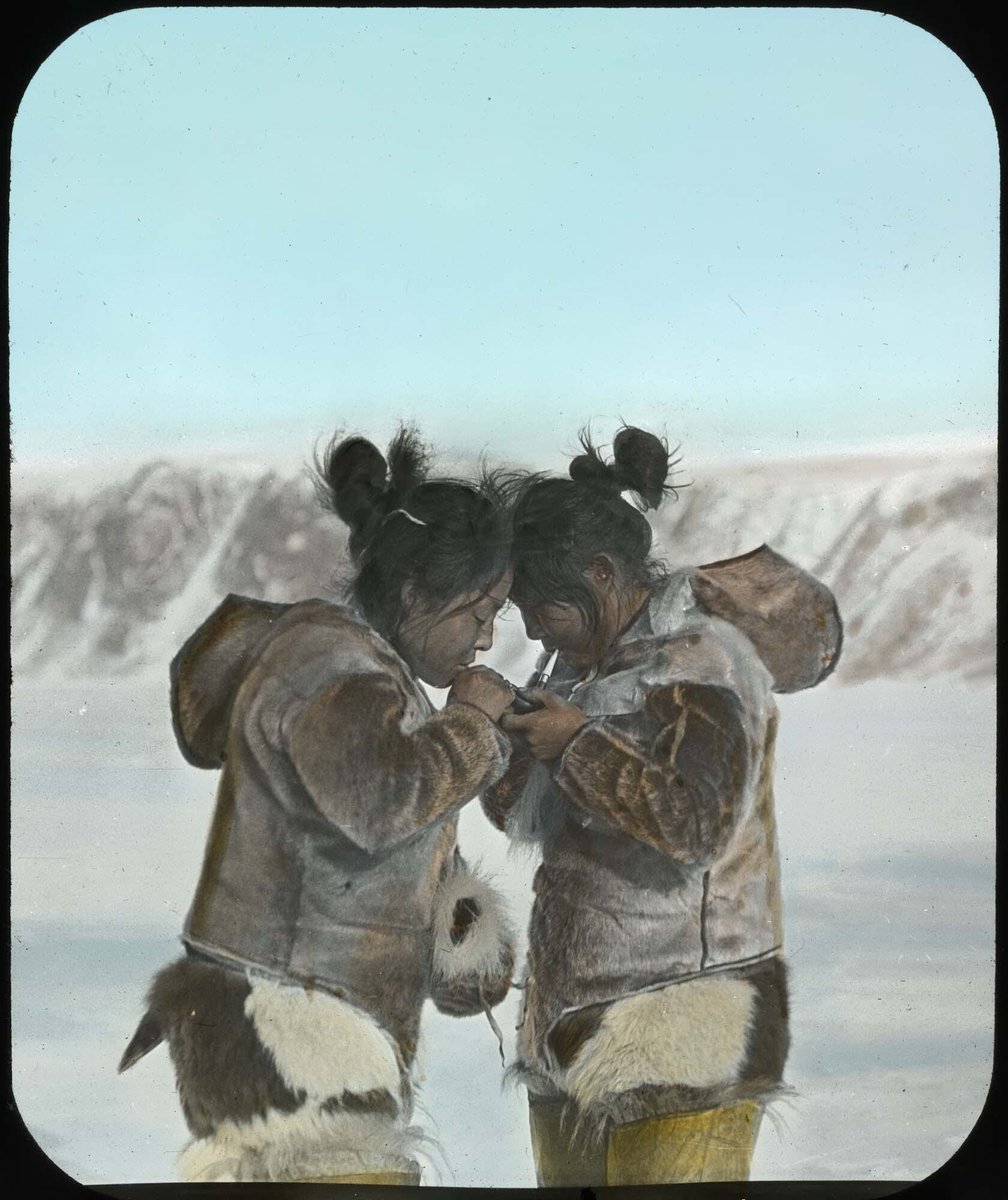I've been reading about the Franklin Arctic expedition today after finishing the Terror. After they'd been gone for three years (two ships with 129 men) following pressure from the captain's wife, searches were sent out and everybody got interested in finding them
gonna have to learn this one https://en.wikipedia.org/wiki/Lady_Franklin%27s_Lament
In 1852 a man called Edmund Belcher (who also made the first British survey of Hong Kong harbour) was put in charge of the search. Unfortunately he lost four of his five ships in the ice, though I guess maybe that was better than everybody staying there and dying
Belcher's wife divorced him because he gave her venereal disease (not relevant to the story) and he has a highly venomous seasnake named after him (also not relevant)
for the next few years the surgeon/explorer John Rae, who seems to have been a pretty useful person, and (relatively speaking) respectful of Inuit people and customs, was busy searching
He met Inuit people who reported that others had encountered 40 men from the Franklin expedition, first alive dragging a boat, and later 30 dead in a camp, with indications of cannibalism; so he bought artefacts from the Inuit from the Franklin expedition, and went home
He reported his findings to the Admiralty and they were published in the Times https://canadianmysteries.ca/sites/franklin/archive/text/RaeProceedings1854_en.htm ... but unfortunately nobody wanted to hear this because British people don't eat each other. Lady Franklin was extremely cross
Charles Dickens wrote two articles in his magazine slamming Rae's report, defending the honour, gallancy, discipline and fortitude of the Franklin men against "the wild tales of a herd of savages" https://www.djo.org.uk/household-words/volume-x/page-361.html
Dickens reckoned what really happened was that the Franklin men were murdered by 'natives', and if there was any cannibalism it was surely down to them
Rae wrote back defending his conclusions and the general character of the Inuit people (if still in a racist way) https://canadianmysteries.ca/sites/franklin/archive/text/RaeReport_en.htm
But Rae was shunned by polite society for the rest of his life for casting aspersions on the Franklin expedition's civilised nature and never got to do anything very good again.
Meanwhile Dickens and Wilkie Collins wrote a romantic play based on the Franklin expedition, characterising Rae as "a suspicious, power-hungry nursemaid who predicted the expedition's doom in her effort to ruin the happiness of the delicate heroine" https://en.wikipedia.org/wiki/The_Frozen_Deep
Dickens (married, 45) cast Ellen Ternan (18) in one of the main roles (she took over from his 17-year-old daughter), starting an affair which lasted the rest of his life and was generally hushed up
some time later, Marvel resurrected Francis Crozier (second-in-command of the expedition and The Terror protagonist) as a supervillain (preserved in permafrost by magic elixir, gone insane) to fight the... Canadian super-team Alpha Flight (?) https://en.wikipedia.org/wiki/Pestilence_(comics)
in a somewhat related note, I learnt listening to a podcast one of the symptoms of scurvy was EXTREME NOSTALGIA?? that is wild and extremely poetic
"This alternation between horror and delight is typical of scurvy" https://www.nationalgeographic.com/news/2017/01/scurvy-disease-discovery-jonathan-lamb/
it was this podcast, The Minds Behind The Terror, which was quite fun (if fun is right) https://www.amc.com/shows/the-terror/talk/2018/04/the-terror-author-and-showrunners-share-secrets-behind-the-series-in-all-new-podcast
though I was dubious when Dan Simmons, author of the novel The Terror, said he was "flayed alive" because one of the few queer characters in the novel was evil. cancel culture! (ironically the character in question was, in fact, flayed alive in both the book and the show)
I haven't read the book but have an enduring memory of a weird subplot in another Simmons novel where a classics professor, sent back in time (ish) to the Trojan war, is shocked to discover his newfangled queer-theorising colleagues were right about Achilles & Patroclus all along
Seven years after Robert Peary said he'd reached the North Pole (he didn't), Donald Baxter Macmillan (pictured with dog) led an expedition to find Crocker Island, which Peary said he had discovered (he also made that up) https://en.wikipedia.org/wiki/Crocker_Land_Expedition
The expedition was guided by Minik Wallace, an Inughuaq brought to the US by aforementioned Peary in 1897 to be studied, with his father and others, who all died of TB. Minik pleaded for an Inuk burial. The museum staff faked his father's burial, but took his body for research.
Then they displayed his father's skeleton in the museum. Minik (who was adopted by the museum curator) only found out when it was published in the papers, and his classmates started talking about it
Eventually he convinced Peary to let him go back to Greenland, where he had a hard time readjusting (he could no longer speak his language), ended up as a guide for Arctic expeditions, went back to the US and died in the 1918 flu pandemic
The Crocker Land Expedition started out badly when their first ship (the Diana, pictured) struck an iceberg (probably not this one, but maybe!) because the captain was drunk
Three Americans and seven Inuit set out from Etah (Greenland), I guess some of these other guys stayed there? Ekblaw (first pic) got frostbite and had to go home.
Most of the others dropped out too until there were two Americans (MacMillan and Fitzhugh Green) and two Inuit (Piugaattoq and Ittukusuk, pictured) left
Eventually they saw a huge island... Crocker Land! (not pictured) Piugaatoq said it was a mirage, but we know how Arctic explorers feel about listening to Inuit experts, so they followed it for another five days
It was a mirage
Once they'd turned back, Green and Piugaatoq were sent to look for a new route. They were caught in a storm, their dogs died, and they sheltered in a snow bank. Piugaatoq kept Green alive, and said they should go back; with only one sled, Green had to walk, to keep his feet alive
Green shot Piugaatoq in the back, twice, to death https://nunatsiaq.com/stories/article/taissumani_may_1_1914_getting_away_with_murder/
When he came back to MacMillan, they agreed to tell the Inuit Piugaatoq had died in a snowslide. Ittukusuk heard him tell the story, and told the others the truth, but Green was never punished for the murder.
They were stranded for another three years; two ships tried to reach them, but got stuck in the ice; but the rest of the men were eventually rescued, and survived.
There are a truly phenomenal amount of amazing photos, many in colour, from this expedition, of landscapes, wildlife, people and animals https://arcticcollections.bowdoin.edu/objects-1/portfolio?records=12&query=Portfolios%3D%22540%22
This seems to be the only picture of Piugaattoq; I don't know which one he is; the others are Ikkutusuk and Green.
Donald Baxter MacMillan's lantern slides from the Crocker Land Expedition are also here, with tags https://research.bowdoin.edu/crocker-land-expedition/images/
But he also took a whole lot more over his lifetime which are here https://arcticcollections.bowdoin.edu/index-tree/tree/59
Ka-dah, playing at rooster; dressed up with a rifle; holding an eider duck; and posed for a portrait
here is a small boy sitting in a box of Spratt's dog biscuits around 1913 cc @daniel_barker @katbrightlights @MissGemma

 Read on Twitter
Read on Twitter